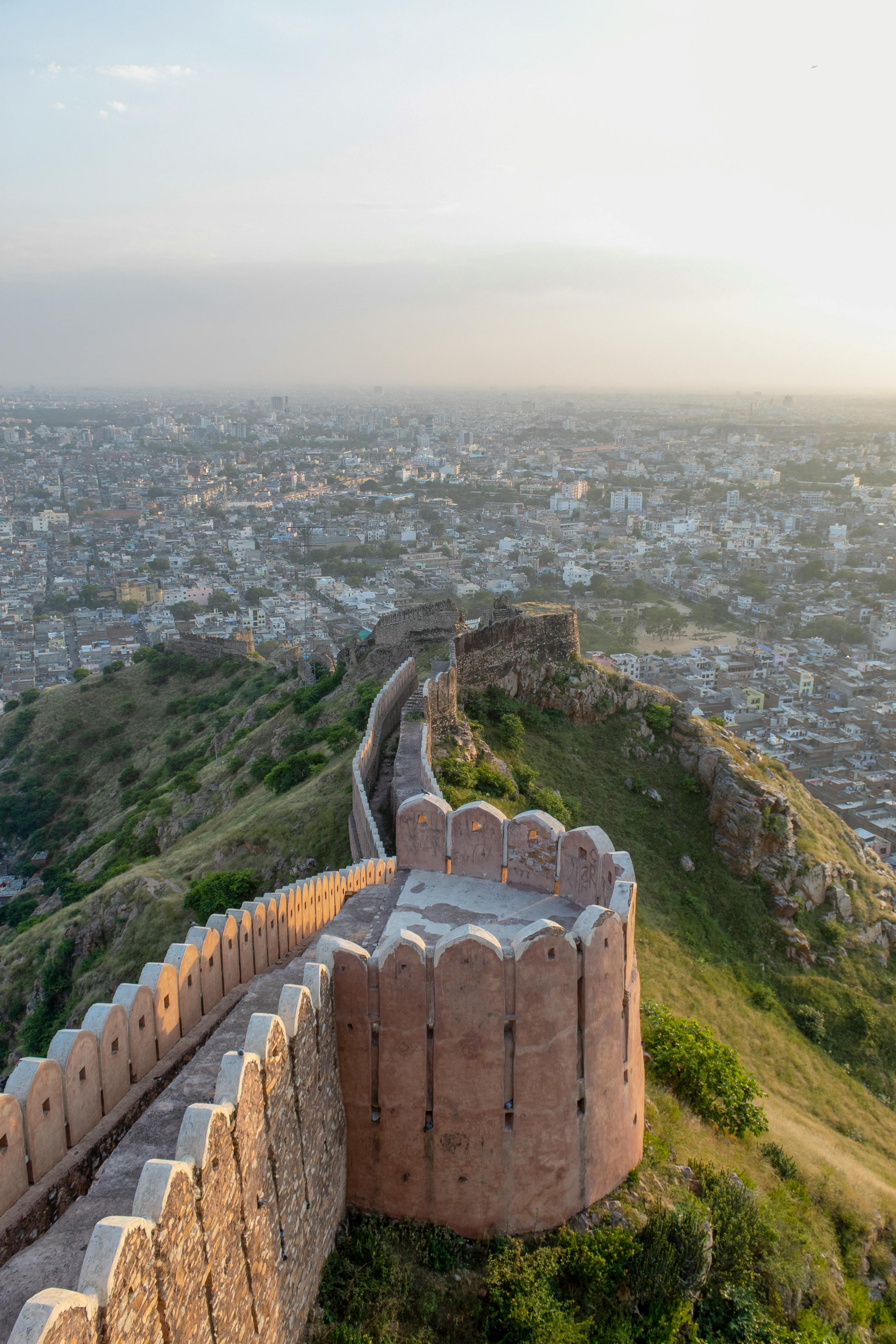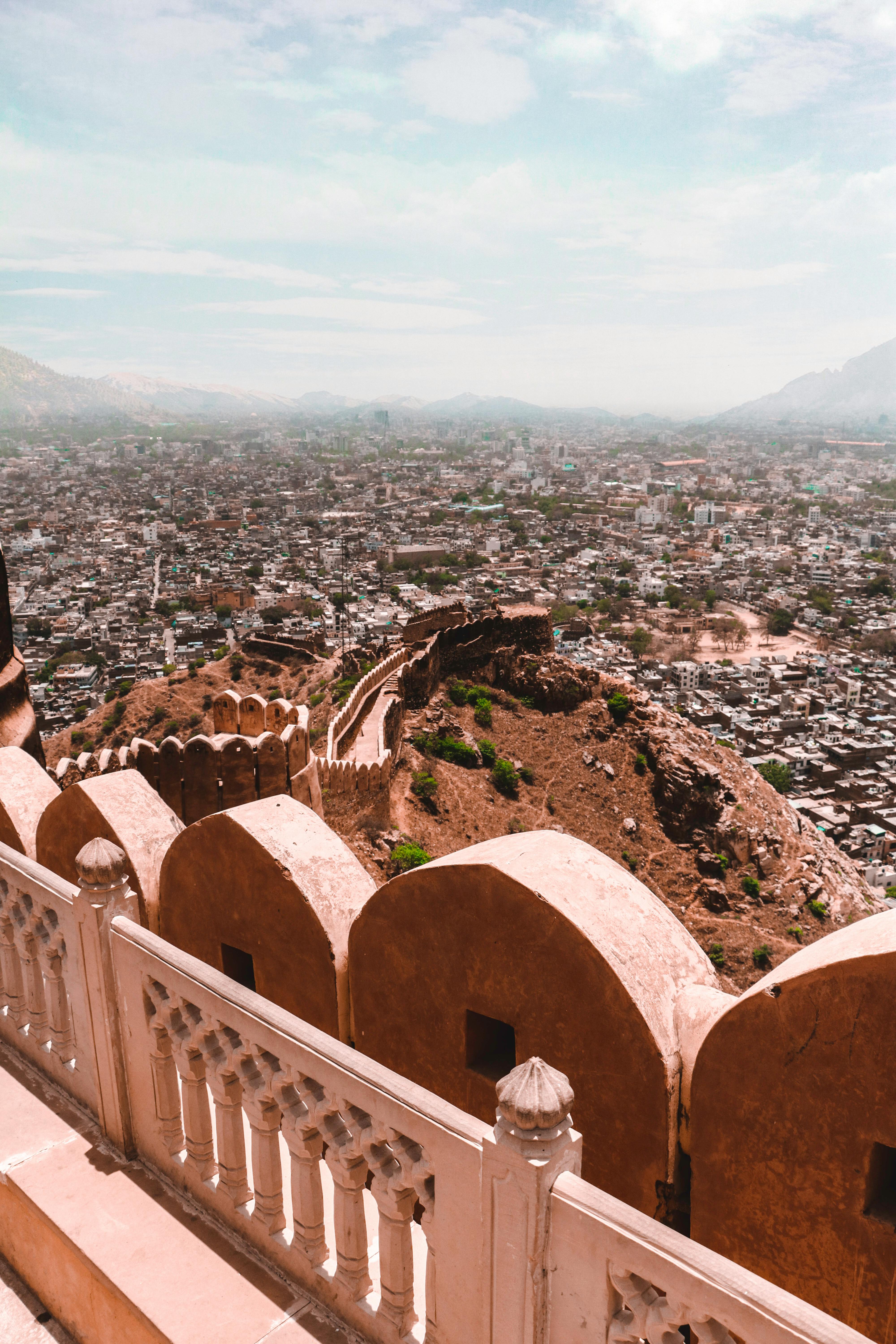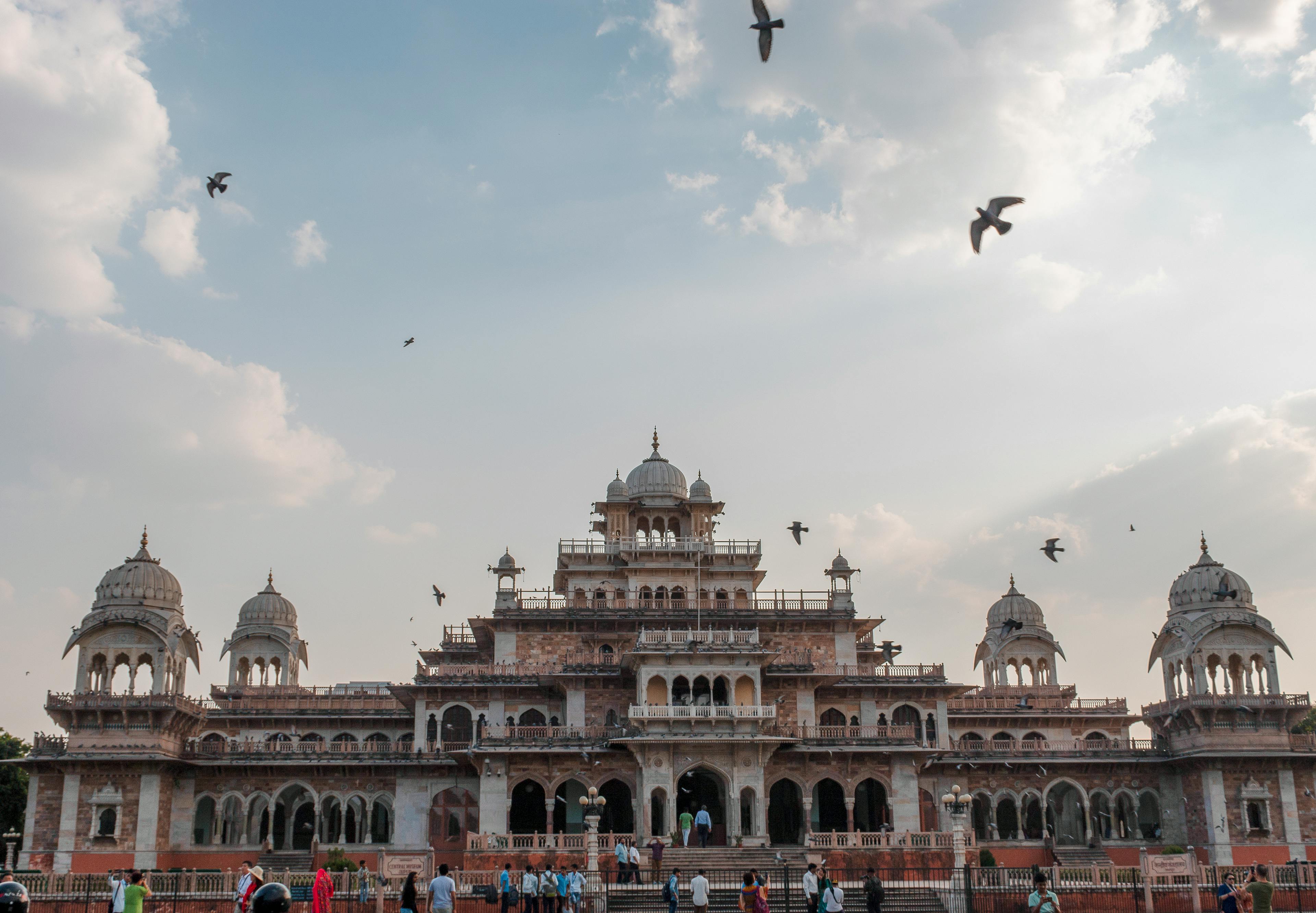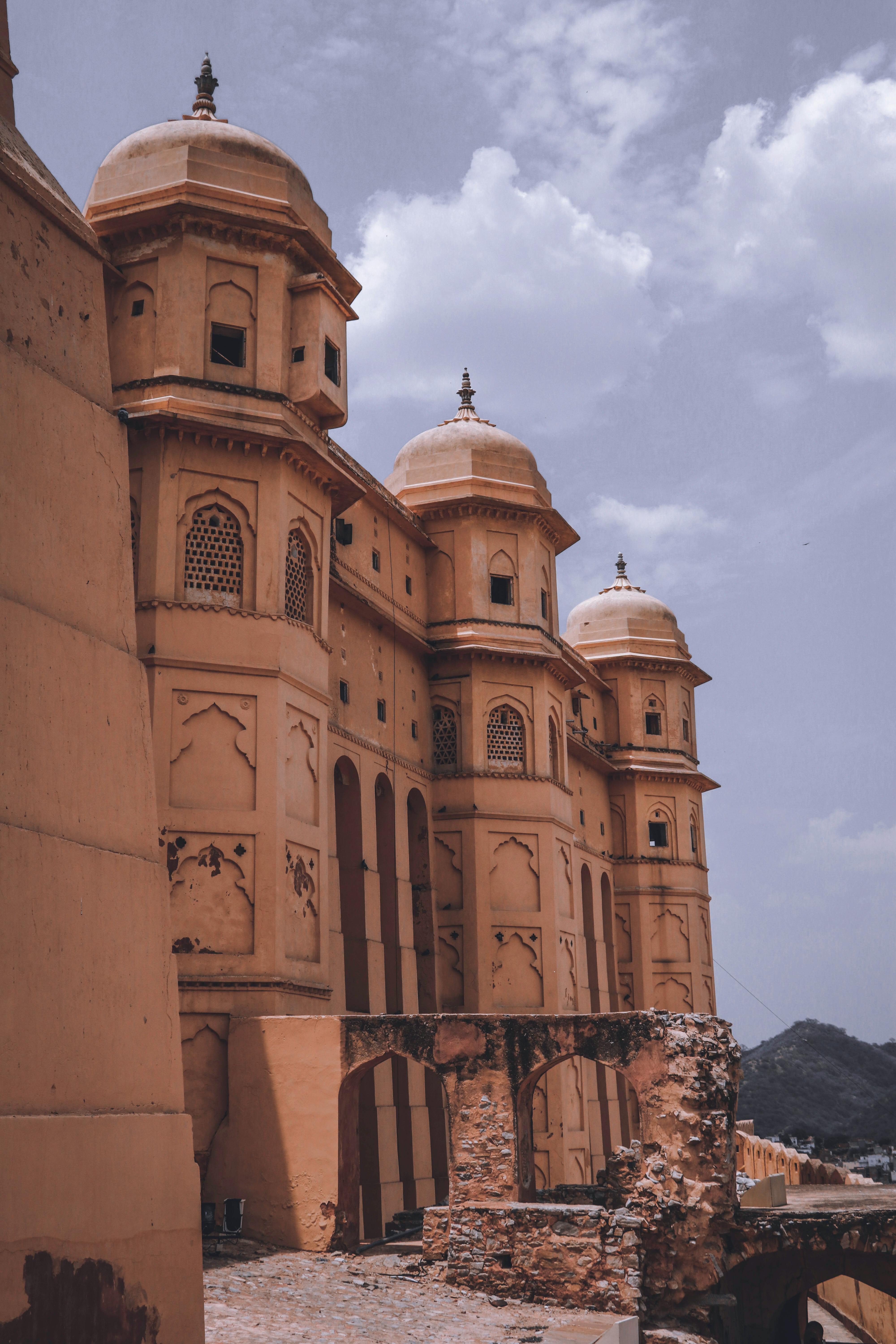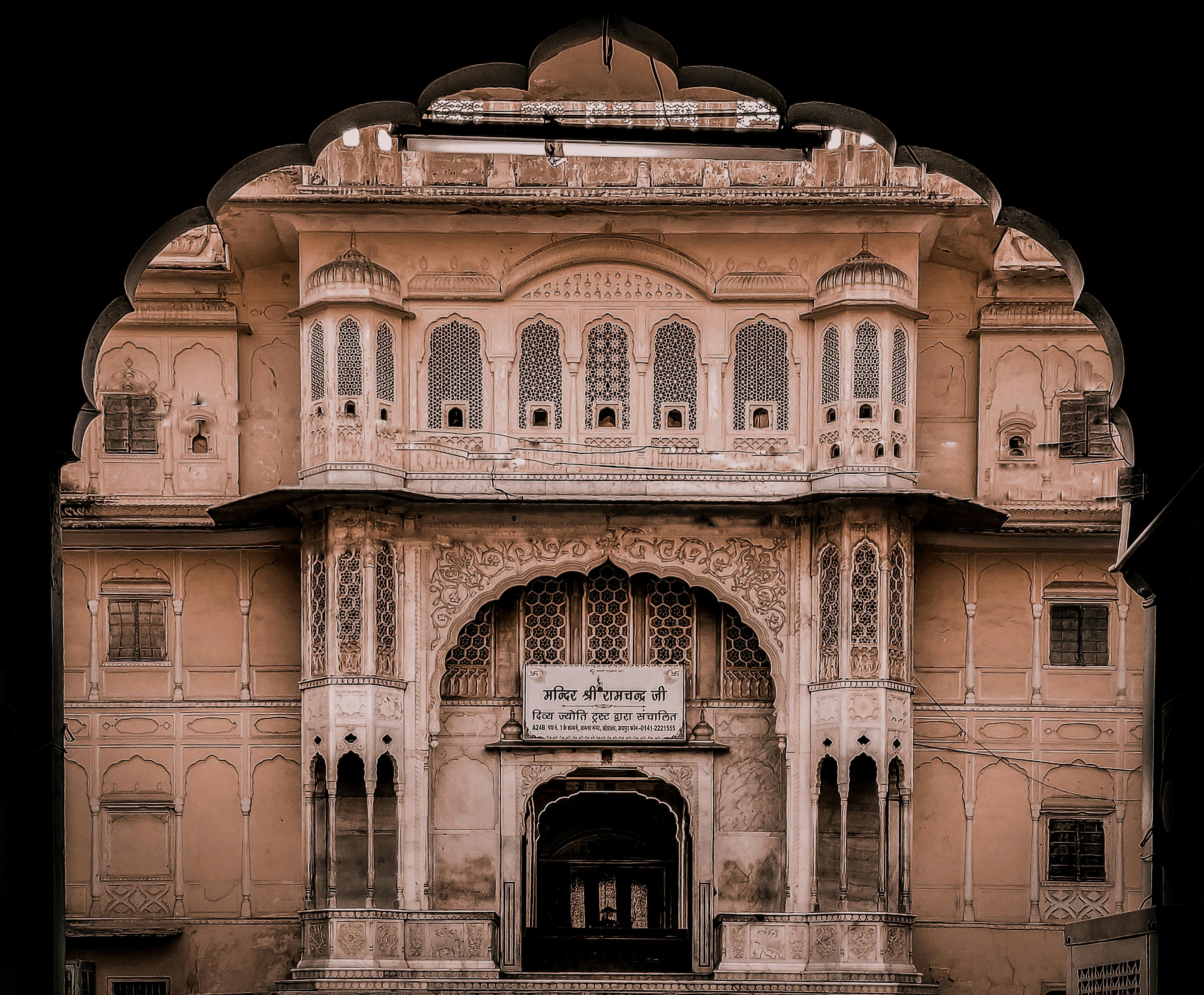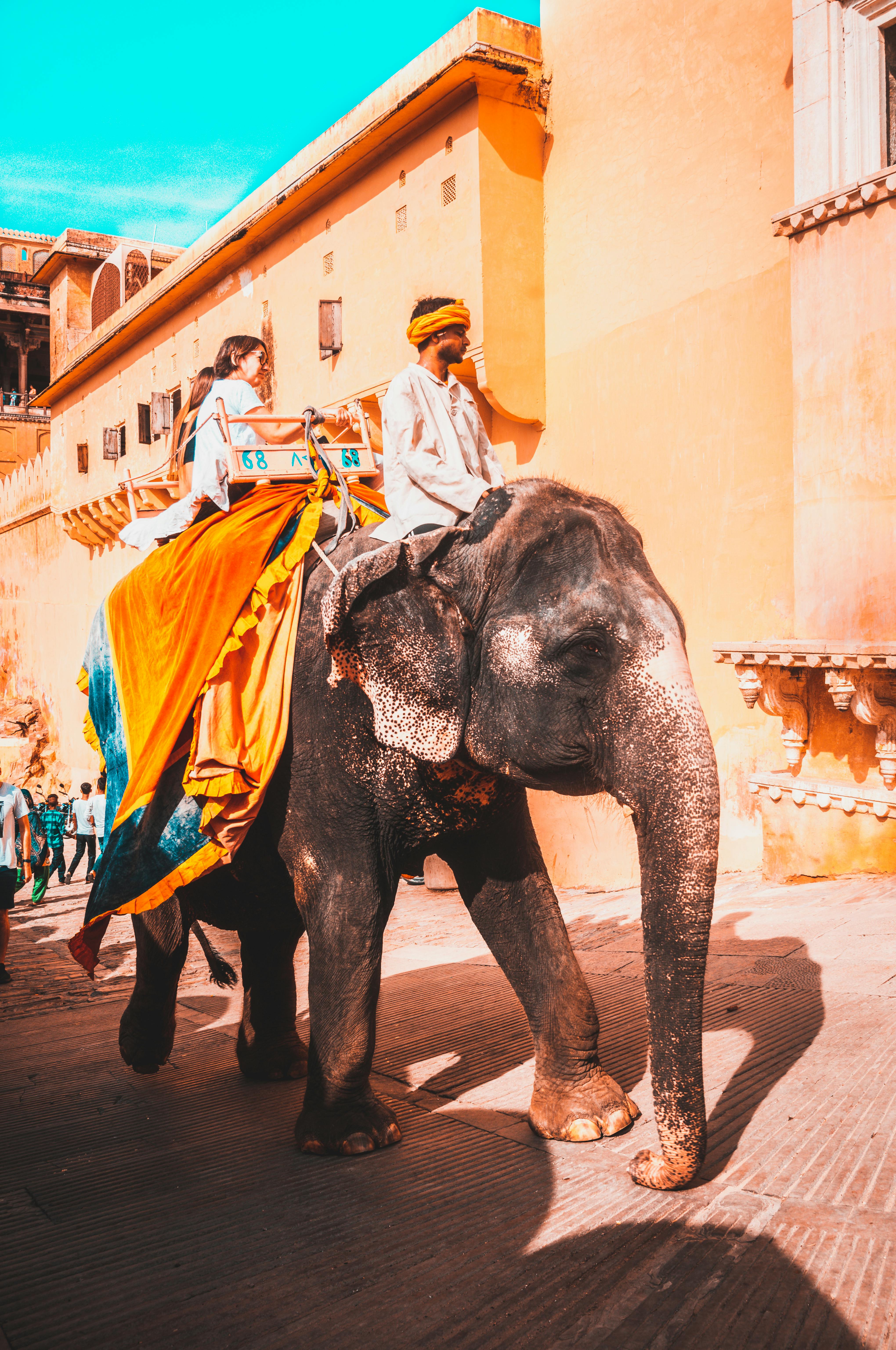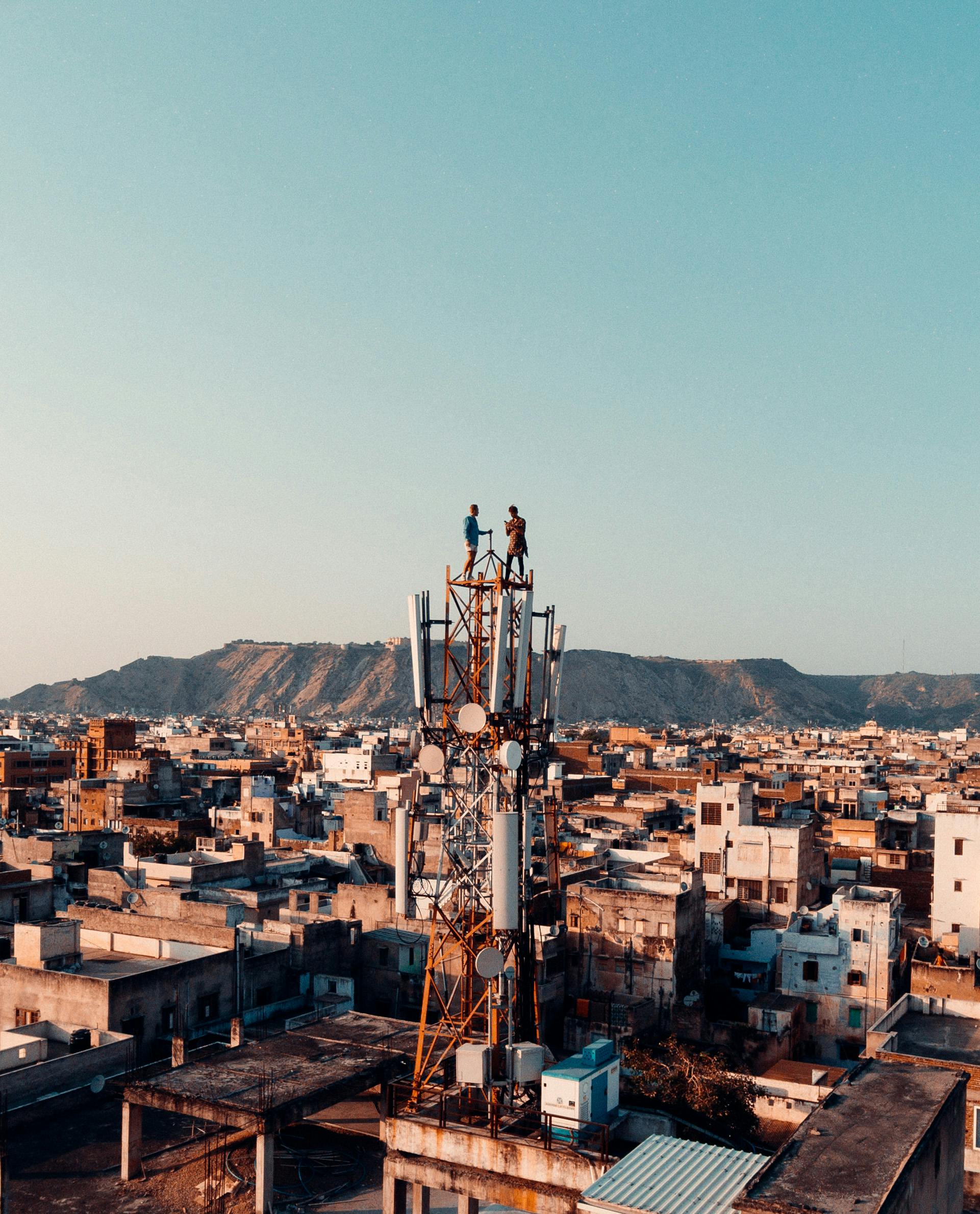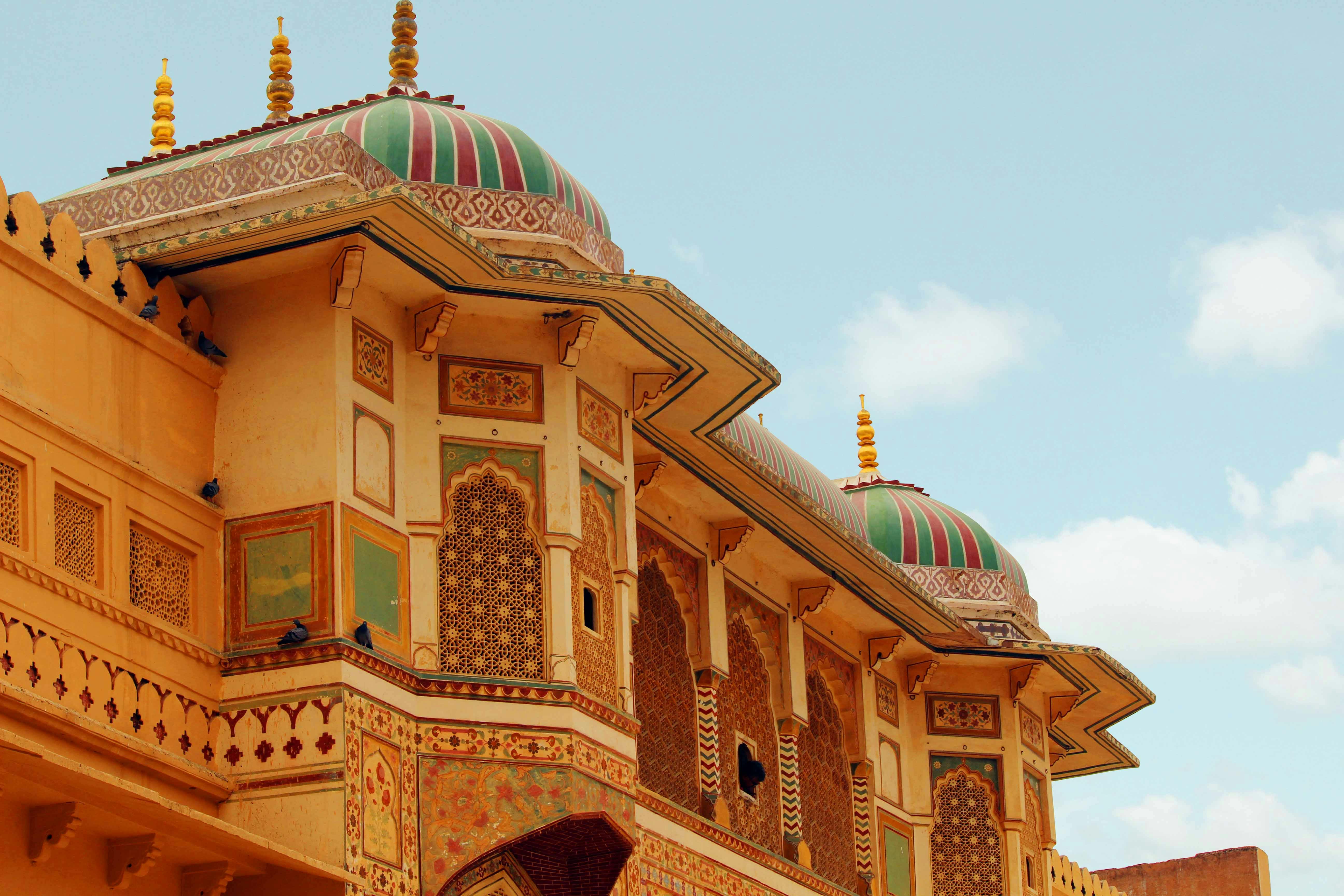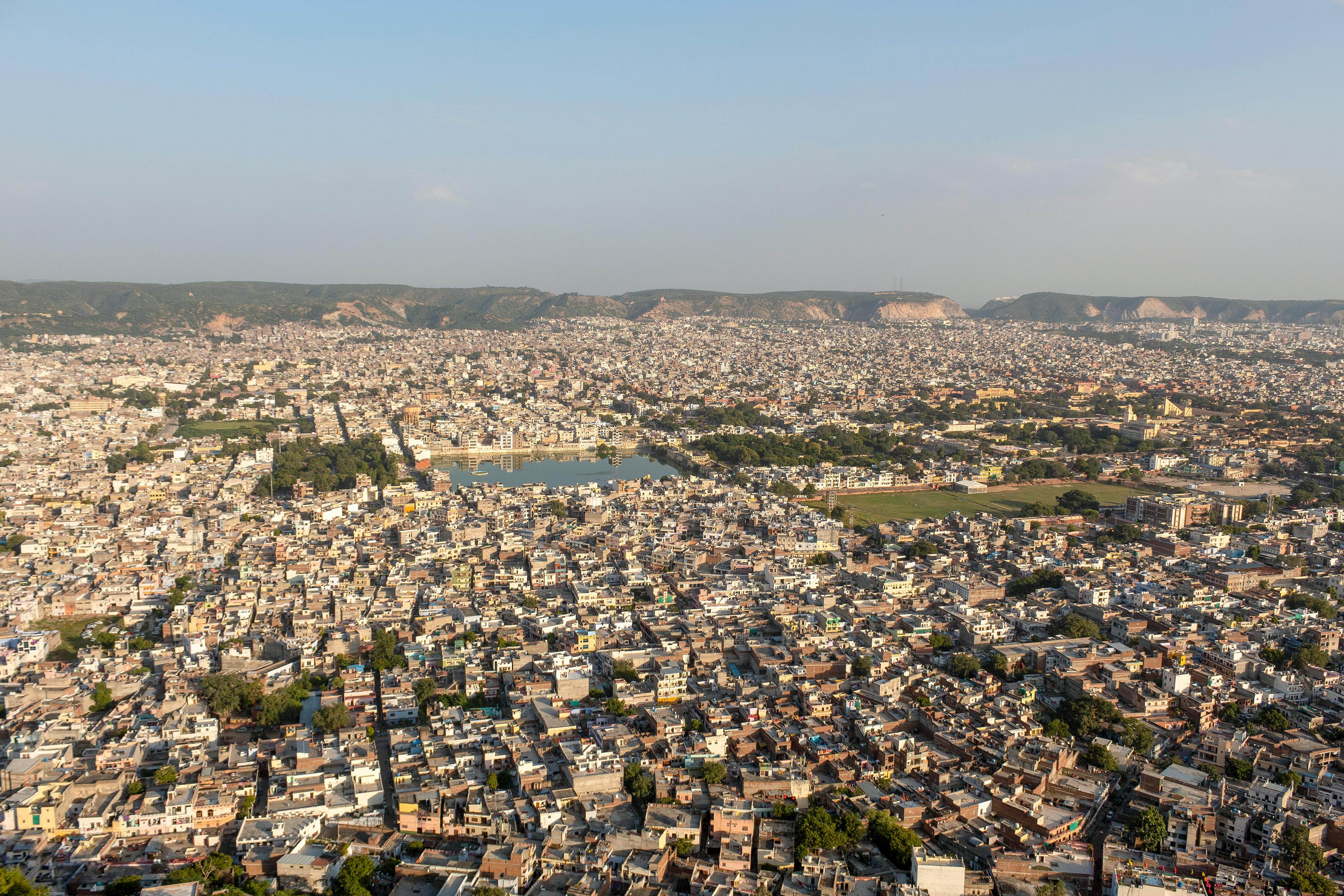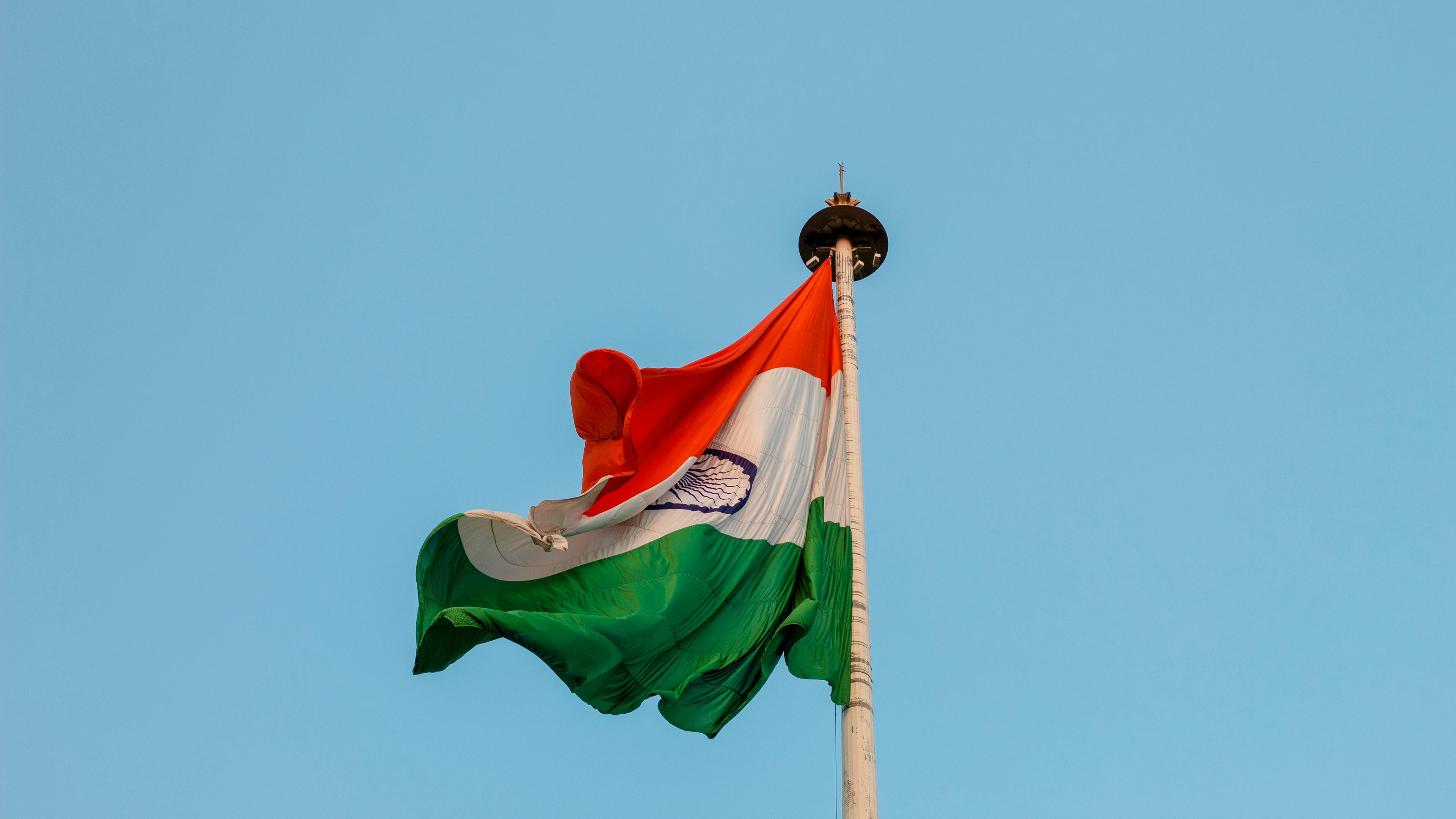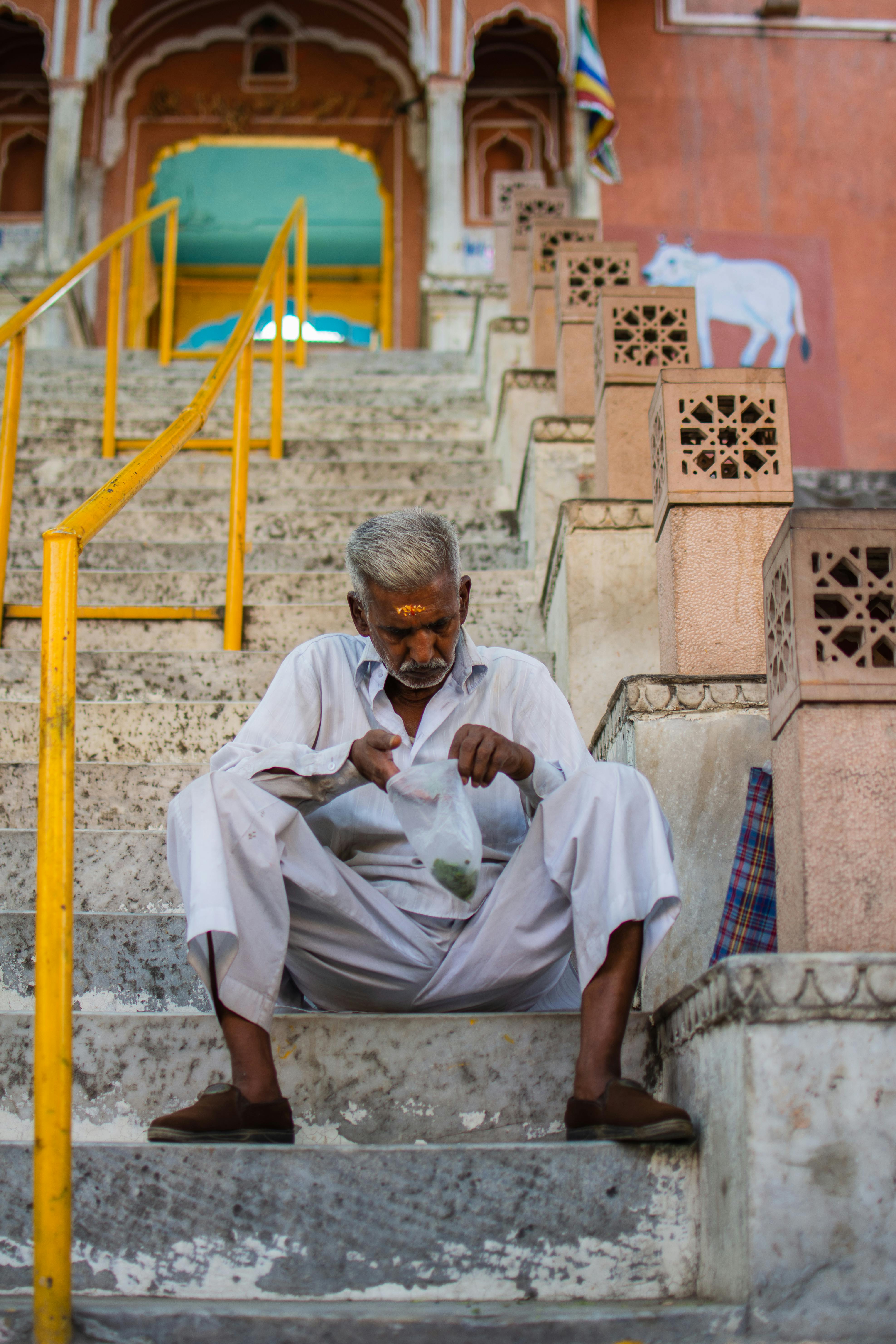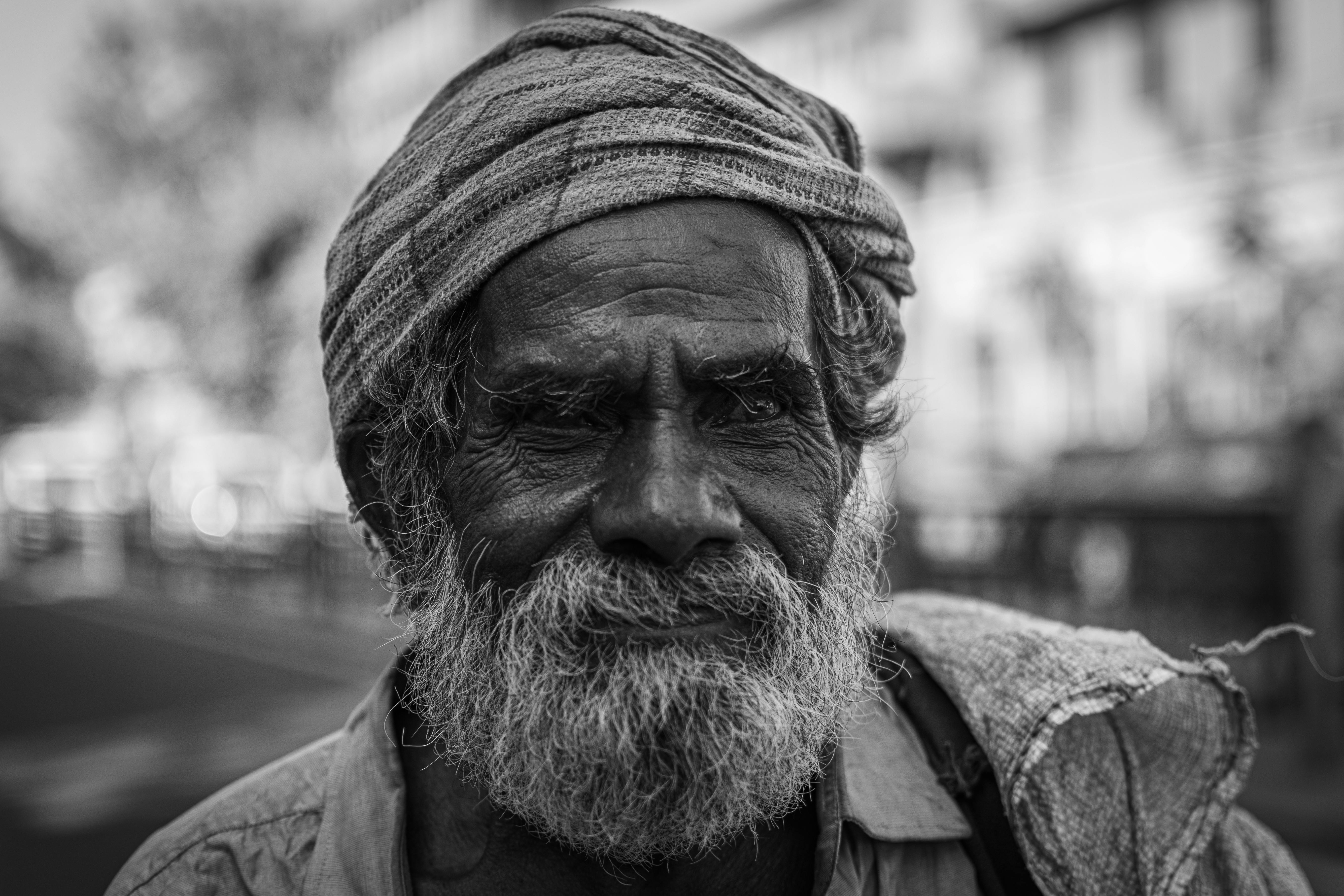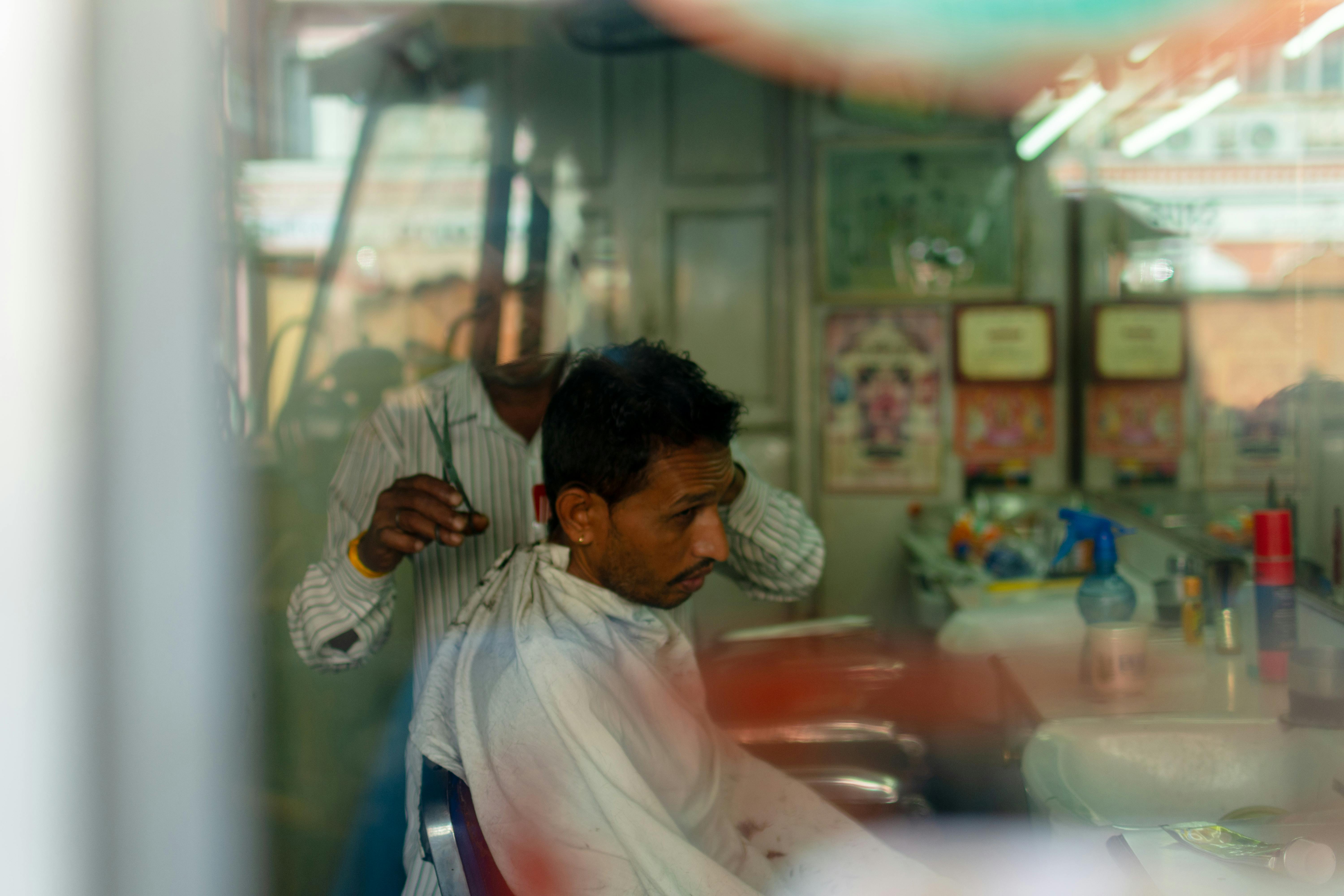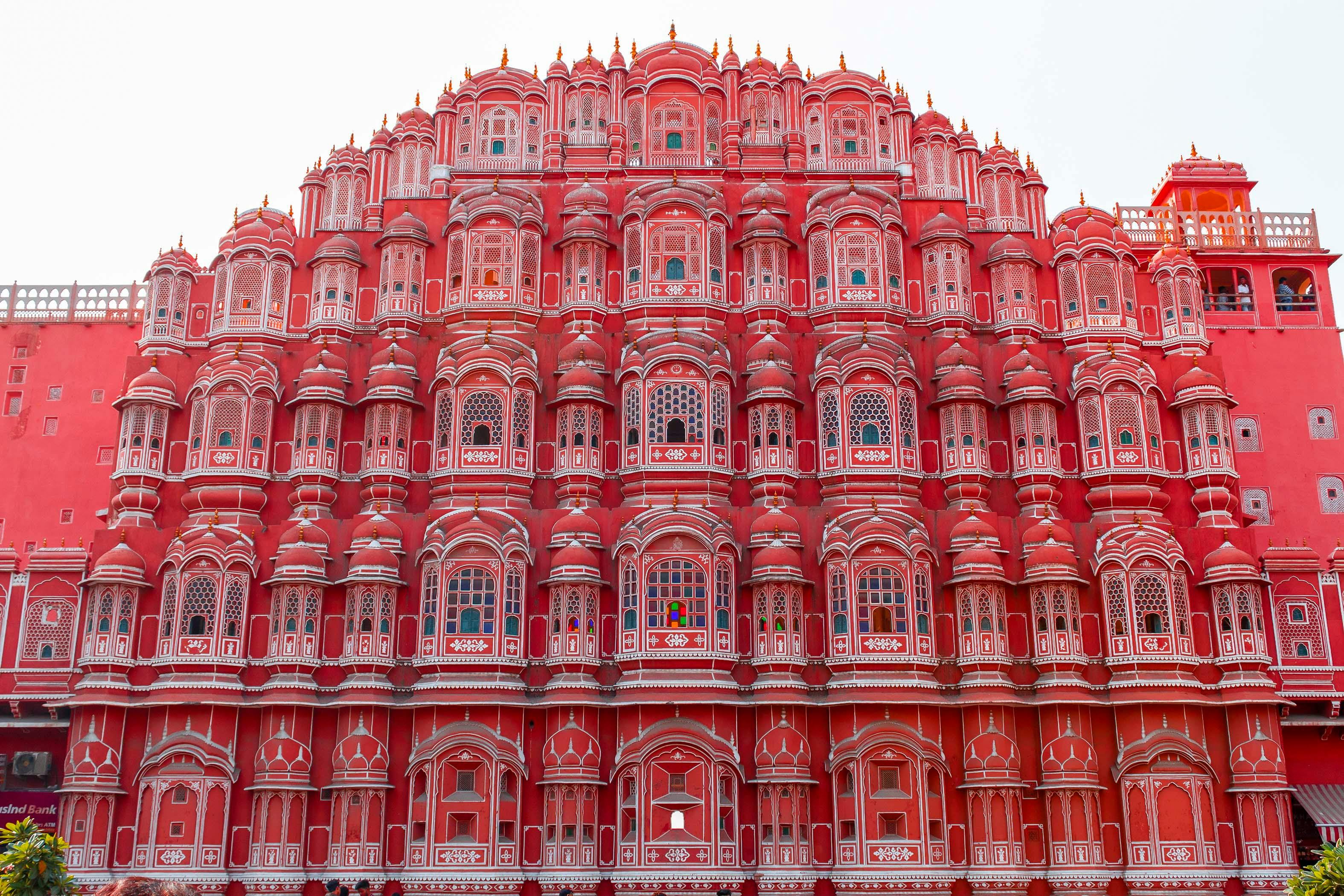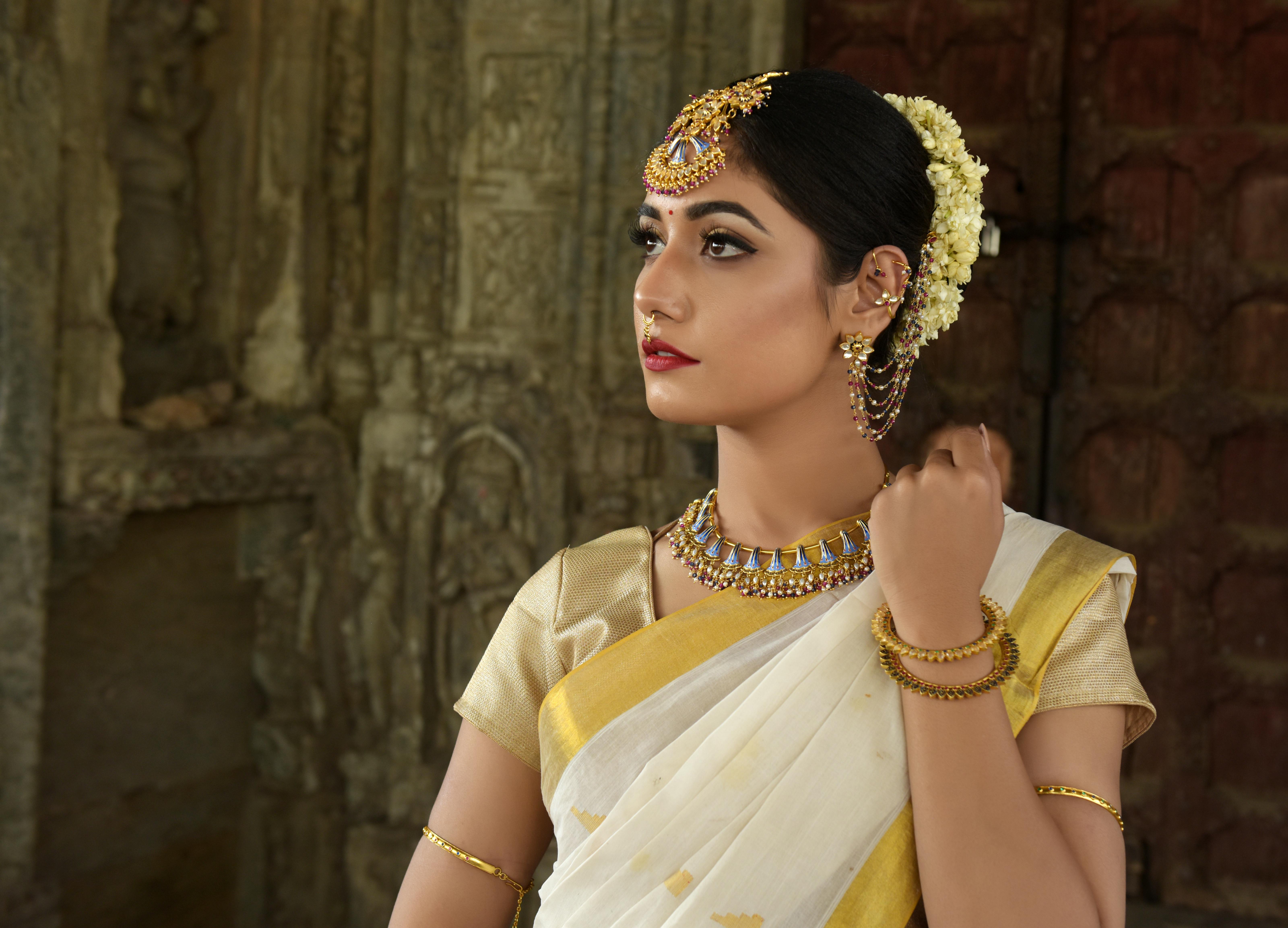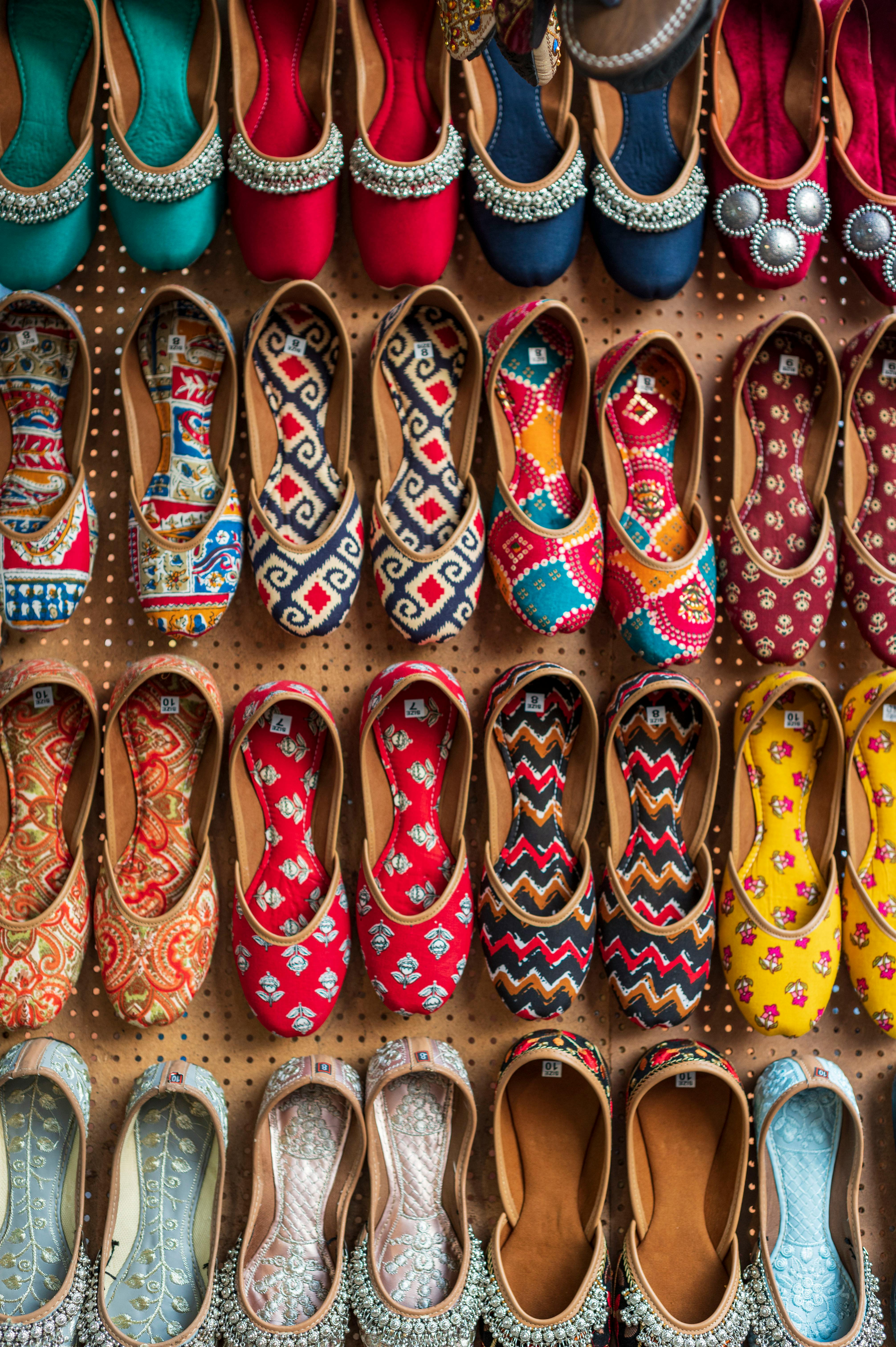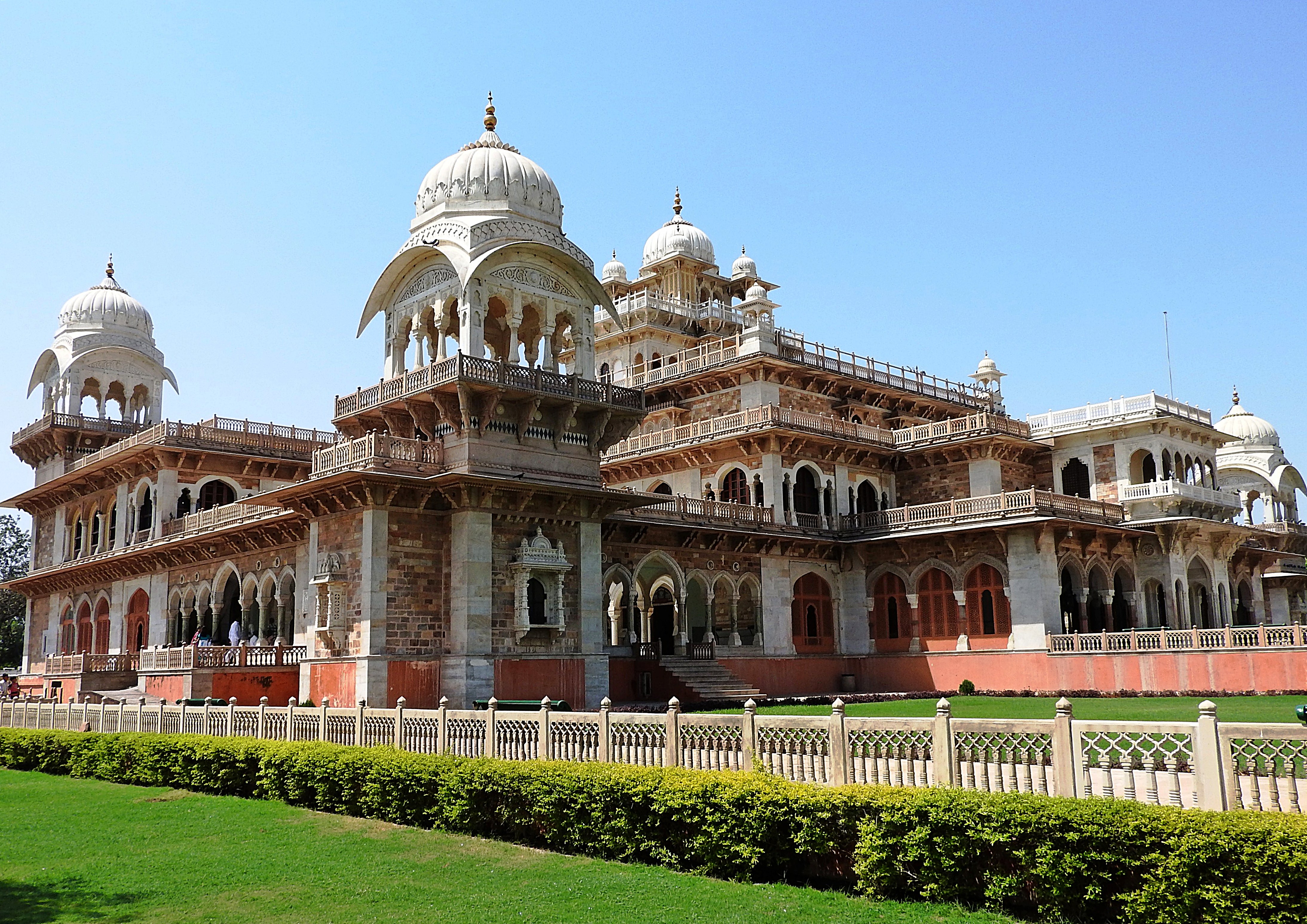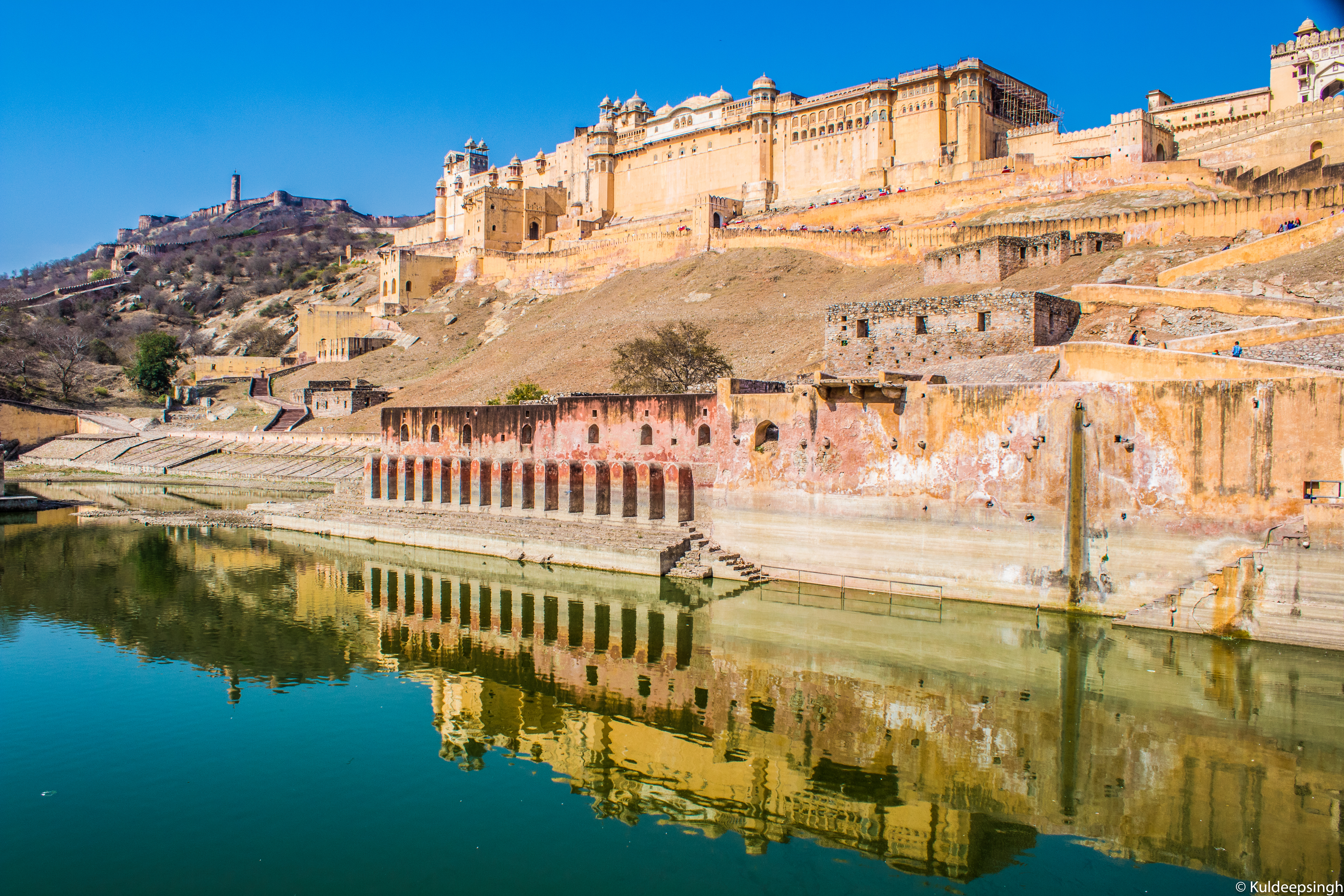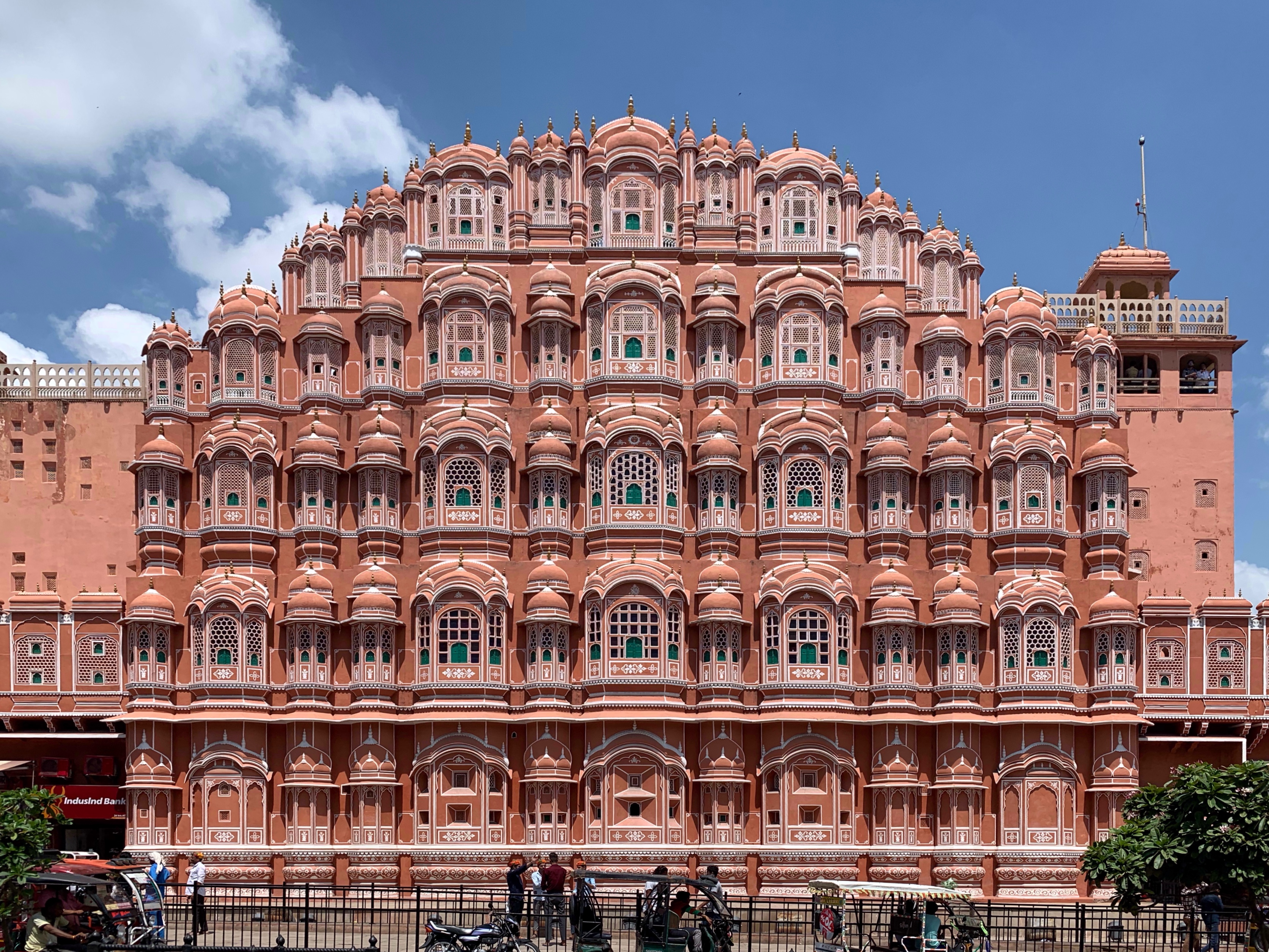Jaipur: The Timeless Pink City of Rajasthan
Jaipur, also known as the Pink City, is a historic and vibrant city in Rajasthan, India. It is famous for its stunning architecture, including the iconic Hawa Mahal, Amber Fort, and Jal Mahal. The city offers a rich cultural heritage, colorful festivals, and shopping opportunities for traditional textiles, jewelry, and handicrafts. Jaipur is a must-visit destination for travelers seeking a blend of history, culture, and modern experiences.
- Muthukrishnan
- 7 min read
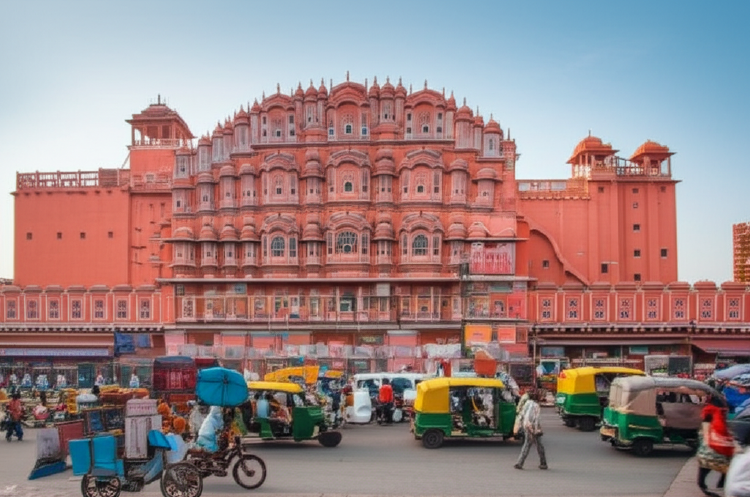
Introduction
Jaipur, affectionately known as the “Pink City,” is the vibrant capital of Rajasthan, India. Nestled in the Aravalli Hills, it’s a city steeped in history, boasting a captivating blend of ancient traditions and modern influences. Located approximately 260 kilometers (160 miles) from Delhi, at an elevation of around 432 meters (1,417 feet) above sea level, Jaipur offers a captivating experience for travelers. Its proximity to other popular destinations in Rajasthan, such as Udaipur and Jodhpur, makes it a strategic hub for exploring the state. What makes Jaipur truly unique is its meticulously planned urban layout, stunning architecture, and the distinctive pink hue of its buildings, giving it an unforgettable charm that transports visitors to a bygone era of royalty, art, and culture.
History and Cultural Heritage
Jaipur’s history is inextricably linked to the Rajput warrior clan, particularly the Kachwaha dynasty. Founded in 1727 by Maharaja Sawai Jai Singh II, the city replaced Amber as the capital of the region. Jai Singh was a visionary ruler, a skilled astronomer, and an avid planner. He meticulously designed Jaipur based on the principles of Vastu Shastra, the traditional Indian system of architecture. The city’s name, “Jai-pur” meaning “City of Victory,” reflects its auspicious beginnings.
The city’s pink color, which lends it the moniker “Pink City,” originates from a gesture of hospitality in 1876. During the visit of Prince Albert, the buildings were painted pink (a color associated with hospitality in Rajput culture) to welcome him. The practice has since been maintained by law, ensuring the city’s iconic appearance.
Jaipur’s cultural heritage is rich and diverse, reflected in its numerous festivals and traditions. The annual Teej and Gangaur festivals are vibrant celebrations of fertility, prosperity, and the monsoon season, featuring colorful processions, music, and dance. The city is also home to several religious sites, including the Govind Dev Ji Temple, a prominent Krishna temple, and the Birla Mandir, a modern marble temple. Jaipur’s vibrant arts scene includes traditional crafts like block printing, tie-dye textiles, and intricate jewelry, all representing a rich tradition passed down through generations.
Significant historical landmarks like the Amber Fort, a magnificent fortress overlooking the city, and the City Palace, the former residence of the Maharaja, are testaments to Jaipur’s royal legacy and architectural prowess. The astronomical observatory, Jantar Mantar, built by Jai Singh II, showcases his scientific acumen and remains a UNESCO World Heritage Site.
Natural Beauty
Jaipur is surrounded by the rugged beauty of the Aravalli Hills, providing a dramatic backdrop to the city. While the landscape is primarily semi-arid, the hills contribute to the area’s visual appeal. Water bodies like the Man Sagar Lake, which holds the Jal Mahal (Water Palace), add to the city’s charm.
The best viewpoints in Jaipur offer panoramic vistas of the city. Nahargarh Fort provides stunning sunset views, while the Amber Fort offers breathtaking perspectives of the surrounding landscape. The hills surrounding the city, dotted with forts and temples, offer trekking opportunities and chances to connect with nature, though organized nature reserves within the city itself are limited. The city’s gardens, like the Central Park, provide a green oasis amidst the urban landscape.
Must-Visit Attractions
Jaipur is a treasure trove of historical and cultural attractions:
- Amber Fort: A UNESCO World Heritage Site, showcasing intricate architecture, elephant rides, and stunning views.
- City Palace: The former royal residence, featuring museums, courtyards, and the Mubarak Mahal and Chandra Mahal.
- Hawa Mahal (Palace of Winds): A unique five-story structure with 953 windows, designed for royal women to observe street life without being seen.
- Jantar Mantar: An astronomical observatory with unique instruments for measuring time and celestial positions.
- Nahargarh Fort: Offers panoramic views of Jaipur, especially at sunset.
- Jal Mahal (Water Palace): A picturesque palace situated in the middle of Man Sagar Lake.
- Albert Hall Museum: Houses a diverse collection of artifacts, including paintings, sculptures, and historical objects.
- Jaigarh Fort: Known for its massive canon, the Jaivana.
- Gatore Ki Chhatriyan: Royal cenotaphs dedicated to the Jaipur rulers.
- Govind Dev Ji Temple: A prominent Krishna temple, popular for its vibrant atmosphere and devotional music.
- Birla Mandir: A modern marble temple dedicated to Lord Vishnu and Goddess Lakshmi.
Adventure Activities
While Jaipur is primarily known for its cultural attractions, adventure opportunities exist:
- Elephant Safari: A unique way to experience the beauty of Amber Fort.
- Hot Air Balloon Ride: Provides a breathtaking aerial view of Jaipur and its surroundings.
- Trekking and Hiking: Opportunities are available in the Aravalli Hills surrounding the city, including trails near Nahargarh Fort.
- Cycling Tours: Explore the city at a leisurely pace.
Local Markets and Handicrafts
Jaipur is a shopper’s paradise, known for its vibrant markets:
- Johari Bazaar: Famous for its exquisite jewelry, including precious and semi-precious stones.
- Bapu Bazaar and Nehru Bazaar: Known for textiles, handicrafts, footwear, and clothing.
- Tripolia Bazaar: Specializes in lac bangles and textiles.
- Chowkri Johri Bazaar: For silver jewelry.
Jaipur’s handicrafts are renowned worldwide, including:
- Block Printing: Traditional textile printing using wooden blocks.
- Tie-dye (Bandhani): Colorful textile designs created by tying and dyeing fabric.
- Jewelry: Jaipur is famous for its intricate gold, silver, and gemstone jewelry.
- Pottery: Blue pottery and other decorative pottery items.
- Carpets and Rugs: Hand-woven carpets and rugs with intricate designs.
- Leather Goods: Traditional Rajasthani leather goods, including bags and footwear.
Food and Cuisine
Jaipur’s cuisine is a flavorful experience, reflecting the rich culinary traditions of Rajasthan:
- Dal Bati Churma: A traditional Rajasthani dish consisting of baked wheat balls (bati) with a lentil curry (dal) and sweet crumbly dessert (churma).
- Laal Maas: A spicy mutton curry cooked in a fiery red gravy.
- Gatte ki Sabzi: A curry made with gram flour dumplings (gatte).
- Pyaz Kachori and Mirchi Vada: Popular street food snacks.
- Lassi: A creamy yogurt-based drink, available in sweet and salty varieties.
- Malpua: A sweet pancake-like dessert.
Recommended restaurants and food stalls:
- Laxmi Mishthan Bhandar (LMB): Known for traditional sweets and snacks.
- Chokhi Dhani: Offers a traditional Rajasthani dining experience with cultural performances.
- Rawat Misthan Bhandar: Famous for its pyaz kachoris.
- 1135 AD at Amer Fort: Provides a fine dining experience in a historical setting.
- Tapri Central: Popular for its rooftop seating, coffee, and snacks.
Flora and Fauna
While Jaipur is primarily an urban environment, there are pockets of natural beauty. The forests surrounding the Aravalli hills offer opportunities to spot wildlife. The Nahargarh Biological Park provides a sanctuary for various animal species. The city also has several parks and gardens that showcase local flora, including the Central Park with its diverse plant species.
Best Time to Visit
The best time to visit Jaipur is during the winter months, from October to March. The weather is pleasant, with temperatures ranging from 10°C to 25°C (50°F to 77°F), making it ideal for sightseeing.
Significant events and festivals during this period include:
- Jaipur Literature Festival: One of the world’s largest literary festivals, held in January.
- Elephant Festival: Celebrated with parades and cultural performances.
- Teej Festival: A colorful celebration of the monsoon season.
- Gangaur Festival: Features processions and festivities honoring the goddess Gauri.
How to Reach
- By Air: Jaipur International Airport (JAI) is well-connected to major Indian cities and international destinations.
- By Train: Jaipur Junction railway station is a major railway hub with connections to most Indian cities.
- By Road: Jaipur is connected to major cities by National Highways. Regular bus services and taxis are available. Approximate distances:
- Delhi: 260 km (160 miles)
- Agra: 240 km (150 miles)
- Udaipur: 400 km (250 miles)
- Jodhpur: 340 km (210 miles)
Accommodation Options
Jaipur offers a wide range of accommodation options to suit all budgets:
- Luxury Hotels: The Oberoi Rajvilas, Rambagh Palace, Taj Jai Mahal Palace, and ITC Rajputana are known for their luxurious settings and excellent service.
- Heritage Hotels: Several palaces and havelis have been converted into heritage hotels, offering a unique experience.
- Mid-Range Hotels: Numerous hotels offer comfortable stays at reasonable prices.
- Budget Hotels and Guesthouses: Backpackers and budget travelers can find many affordable guesthouses and hostels.
- Home Stays: Offering a more personalized experience and opportunity to interact with locals.
Offbeat Experiences
Explore beyond the typical tourist trail:
- Visit Sanganer and Bagru: Villages known for their block printing workshops.
- Take a cooking class: Learn to prepare traditional Rajasthani dishes.
- Explore local villages: Experience rural life and interact with the villagers.
- Attend a local cultural performance: Immerse yourself in the music and dance of Rajasthan.
- Visit the Panna Meena ka Kund: A stepwell with a unique architecture.
Conclusion
Jaipur, the Pink City, is a destination that seamlessly blends history, culture, and modernity. From its majestic forts and palaces to its bustling markets and flavorful cuisine, Jaipur offers a captivating experience for every traveler. The city’s rich heritage, combined with its warm hospitality and vibrant atmosphere, creates unforgettable memories. Whether you’re exploring historical landmarks, indulging in local delicacies, or shopping for traditional handicrafts, Jaipur promises a journey filled with color, charm, and cultural immersion. Come and discover the magic of the Pink City, a destination that will leave you spellbound.









































